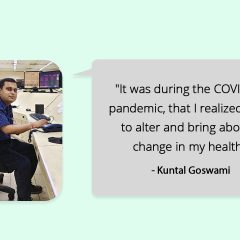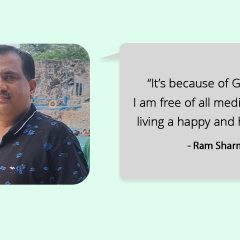 Most of us tend to feel low when things don’t work in our favor. At times, we give a 100% to a task expecting something good in return. When these expectations aren’t met, we succumb to negative thoughts and depression.
Most of us tend to feel low when things don’t work in our favor. At times, we give a 100% to a task expecting something good in return. When these expectations aren’t met, we succumb to negative thoughts and depression.
Depression drains you of energy and hope. At times, it makes you feel helpless. It makes any task all the more difficult. Depression becomes a problem when it fails to pass and we don’t fight back. Feeling low is a part and parcel of life and is completely natural. But if this feeling intensifies and stretches over weeks or months, it could become problematic.
Are You Really Depressed?
It is important to identify whether we are really depressed or we are just upset. It is easy to work on it once you know for sure. If we are upset, it is just a matter of time and everything is normal. If we are in depression, the sinking feeling of helplessness, loneliness and other negative feelings can go on for weeks or months with no end in sight. Depression is unhealthy for your mind and body but you can fight it!
Simple Ways To Overcome Depression
- Get Into a Routine: If you feel depressed, have a routine and follow it regularly
- Start Small & Stay Focused: If you feel the work you are doing is too much, break it into small tasks. For instance, if you are unable to walk 10km at a stretch, start with 1 km and gradually increase it. Eventually, you will be able to complete 10km at a stretch
- Talk to Your Friends: Talk to a friend you trust. You will feel relaxed and your thought process will change
- Sleep: Depression leads to issues with sleep. We should aim for at least 8 hours of sound sleep
- Eat Healthy: There is no diet that can fix depression. It is better to keep an eye on what we eat. If Depression makes you feel like overeating, then keep portion control in mind
- Challenge Negative Thoughts: To overcome depression, a lot of work is mental. Change the way you think. We tend to leap to the worst possible conclusions when depressed. The next time you are feeling terrible about yourself, use logic as a natural depression treatment. Ask yourself why you are feeling this way? Is this really true? Can you do anything about it? Is it possible to let go? It takes practice to clear your mind, but in time, you can beat back those negative thoughts before they get out of control
- Exercise: It temporarily boosts endorphins and makes you feel good. It may also have long-term benefits for people with depression. Regular exercise seems to encourage the brain to rewire itself in positive ways
The solution to a depression-free life is to use all the tools you can to get better. If you feel that your depression is getting worse, seek professional help. Needing additional help doesn’t mean you are weak, it is the most practical solution. It is completely possible to get lost in negative thoughts. Just remember that depression can be treated and you can feel better!
We hope this article helps you overcome depression. Do leave your thoughts in the comments below. For more by our emotional wellness expert Divya Thampi, check out Healthy Reads or tune in to her sessions on GOQii Play.
#BeTheForce
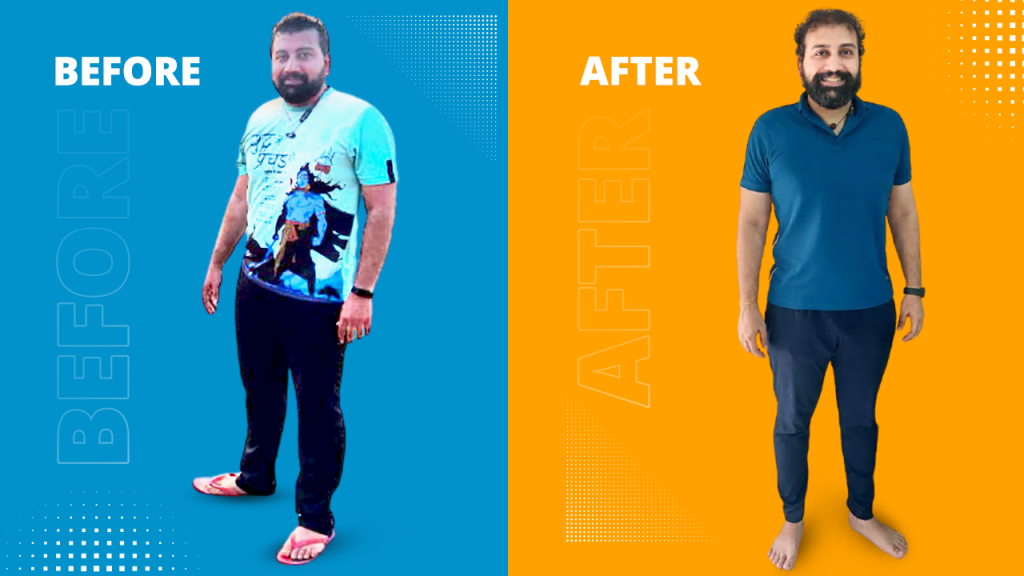
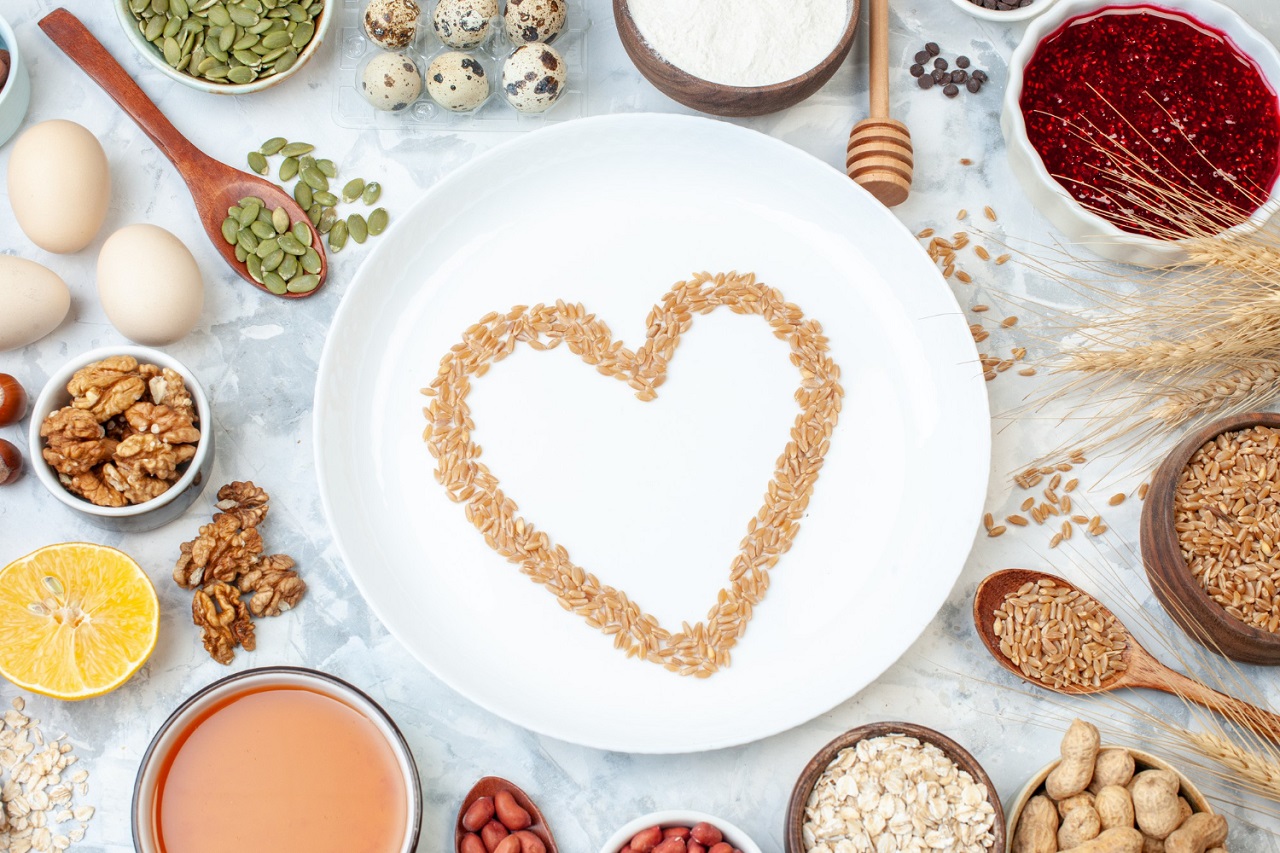 The heart plays a very vital role in the well-being of an individual. It supplies oxygenated blood to all organs of the body and also carries nutrients, fuel, hormones, and other components.
The heart plays a very vital role in the well-being of an individual. It supplies oxygenated blood to all organs of the body and also carries nutrients, fuel, hormones, and other components.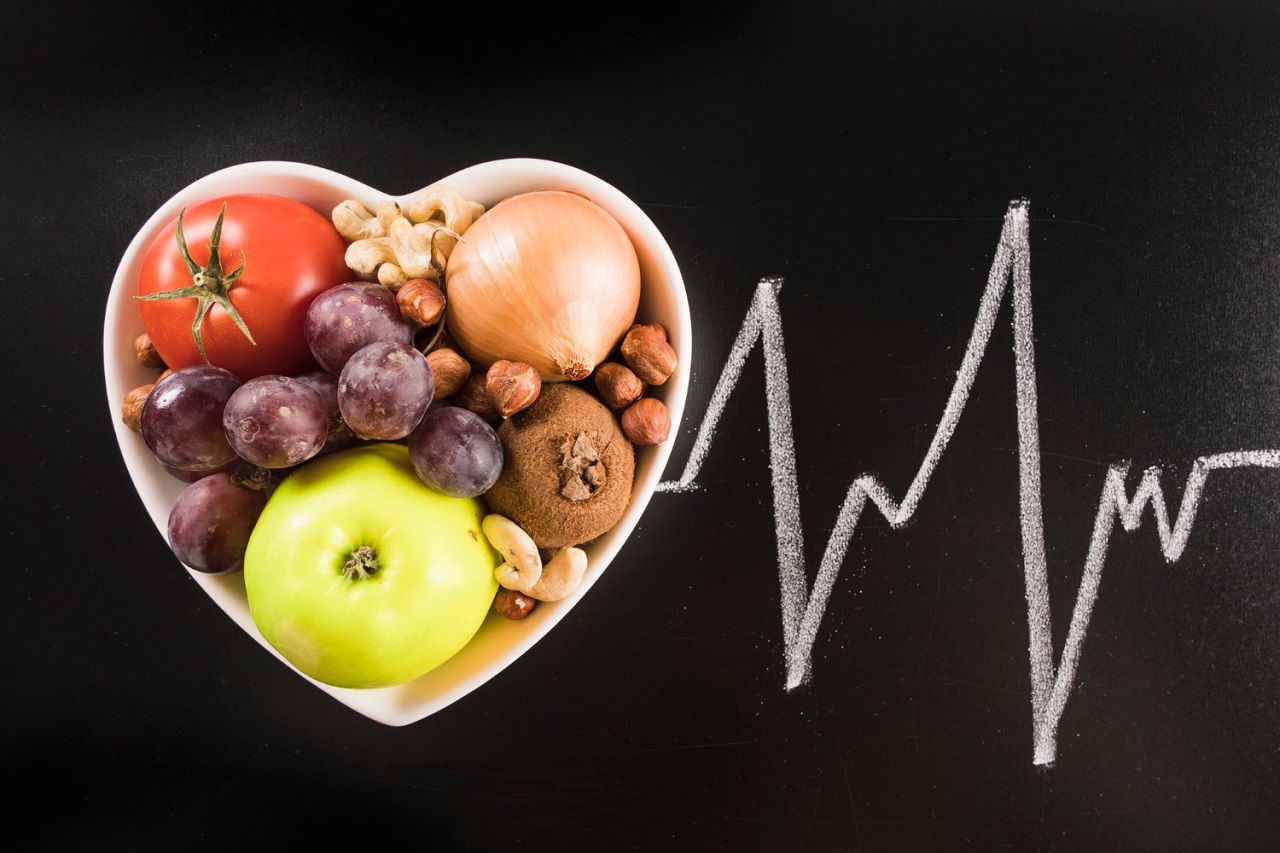 Fruits & vegetables are rich in vitamins & minerals and low in calories. They also keep a check on cholesterol levels as they are very rich in dietary fiber. A diet rich in dietary fiber maintains weight as well as the gut. You need to select whole grains over refined grains as whole grains are rich in complex carbohydrates and control blood pressure and are good for the heart. Include quinoa, broken wheat, barley, oats, and whole wheat flour.
Fruits & vegetables are rich in vitamins & minerals and low in calories. They also keep a check on cholesterol levels as they are very rich in dietary fiber. A diet rich in dietary fiber maintains weight as well as the gut. You need to select whole grains over refined grains as whole grains are rich in complex carbohydrates and control blood pressure and are good for the heart. Include quinoa, broken wheat, barley, oats, and whole wheat flour. Quality and quantity both are important while having meals. Portion control is very important as it maintains and controls calories and weight. Utensils are selected for portion control and all food groups should be included to make it a balanced diet.
Quality and quantity both are important while having meals. Portion control is very important as it maintains and controls calories and weight. Utensils are selected for portion control and all food groups should be included to make it a balanced diet. A vacation is a good time to enjoy and stay carefree but it can certainly take you a step back in your health and fitness journey, if you are not mindful. There’s no need to panic! We’ve got you covered with few effective yet practical things you can do to stay healthy on a vacation.
A vacation is a good time to enjoy and stay carefree but it can certainly take you a step back in your health and fitness journey, if you are not mindful. There’s no need to panic! We’ve got you covered with few effective yet practical things you can do to stay healthy on a vacation.

